Trees with medicinal properties
Introduction
Trees have been an integral part of human civilization for millennia, not just for their ecological significance but also for their medicinal properties. Across different cultures and regions, trees have played a crucial role in traditional medicine systems such as Ayurveda, Traditional Chinese Medicine, and Indigenous healing practices. These trees possess compounds that can treat various ailments, from common colds to severe diseases like cancer. As science advances, more research is being done to understand the healing properties of these trees, leading to the development of modern pharmaceuticals based on ancient wisdom. This article explores ten trees renowned for their medicinal properties, shedding light on their benefits and the active compounds that contribute to their therapeutic potential.
1. Neem Tree (Azadirachta indica)
The neem tree, native to the Indian subcontinent, is often referred to as the “village pharmacy.” Every part of the neem tree, including its leaves, bark, seeds, and oil, is used for medicinal purposes.
- Medicinal Properties: Neem has antibacterial, antiviral, antifungal, and anti-inflammatory properties. It is used in traditional medicine to treat skin diseases, infections, and diabetes. The oil is used for wound healing and as a natural pesticide.
- Active Compounds: Azadirachtin, Nimbin, and Nimbidin.
- Uses: Neem leaves are used in the treatment of malaria, while neem oil is a common remedy for skin ailments like acne and eczema. Neem bark is often used to make toothpastes due to its antibacterial properties.
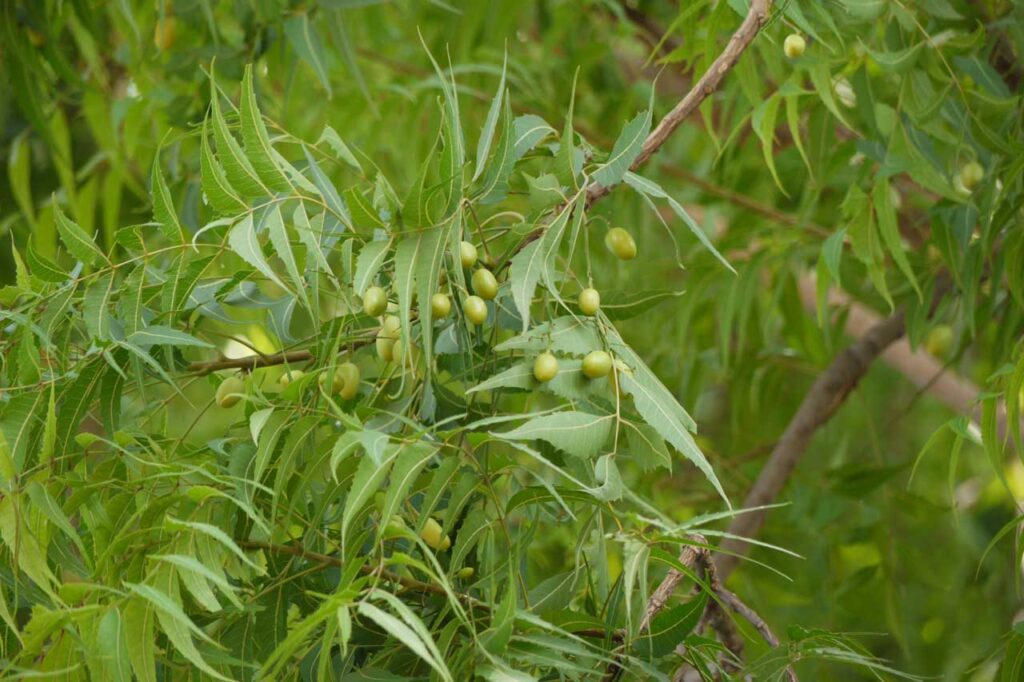
2. Willow Tree (Salix alba)
The white willow tree, commonly found in Europe and North America, is the original source of salicin, a compound closely related to aspirin.
- Medicinal Properties: Willow bark is known for its pain-relieving and anti-inflammatory properties. Traditionally, it has been used to treat fevers, headaches, arthritis, and muscle pain.
- Active Compounds: Salicin, Tannins, and Flavonoids.
- Uses: Willow bark extract is often taken to relieve lower back pain, osteoarthritis, and menstrual cramps. Its anti-inflammatory effects have made it a popular natural alternative to non-steroidal anti-inflammatory drugs (NSAIDs).

3. Eucalyptus Tree (Eucalyptus globulus)
Native to Australia, the eucalyptus tree is well-known for its aromatic oil, which has significant medicinal properties.
- Medicinal Properties: Eucalyptus oil is widely used for its antibacterial, antifungal, and antiviral properties. It is also an effective decongestant and expectorant, often used in treating respiratory issues like bronchitis, asthma, and the common cold.
- Active Compounds: Eucalyptol (1,8-Cineole), Tannins, and Flavonoids.
- Uses: The oil is commonly used in steam inhalation for respiratory relief. It is also applied topically to soothe sore muscles and joints, thanks to its anti-inflammatory properties.
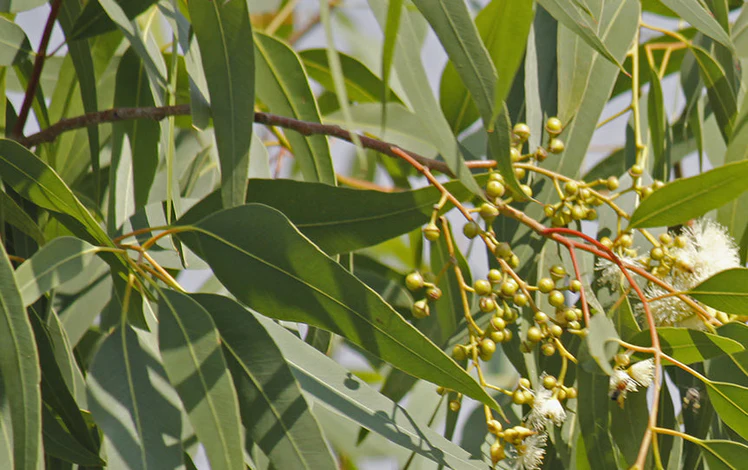
4. Bael Tree (Aegle marmelos)
The bael tree, native to India and Southeast Asia, has been used in traditional Ayurvedic medicine for thousands of years.
- Medicinal Properties: The fruits, leaves, and roots of the bael tree are used to treat a variety of ailments. The fruit is known for its ability to treat diarrhea, dysentery, and other gastrointestinal issues. Bael leaves are also used in managing diabetes and reducing cholesterol levels.
- Active Compounds: Aegeline, Marmelosin, and Limonene.
- Uses: Bael fruit is made into a juice or consumed fresh to aid digestion. The leaves are often used in herbal concoctions to control blood sugar levels and improve liver function.
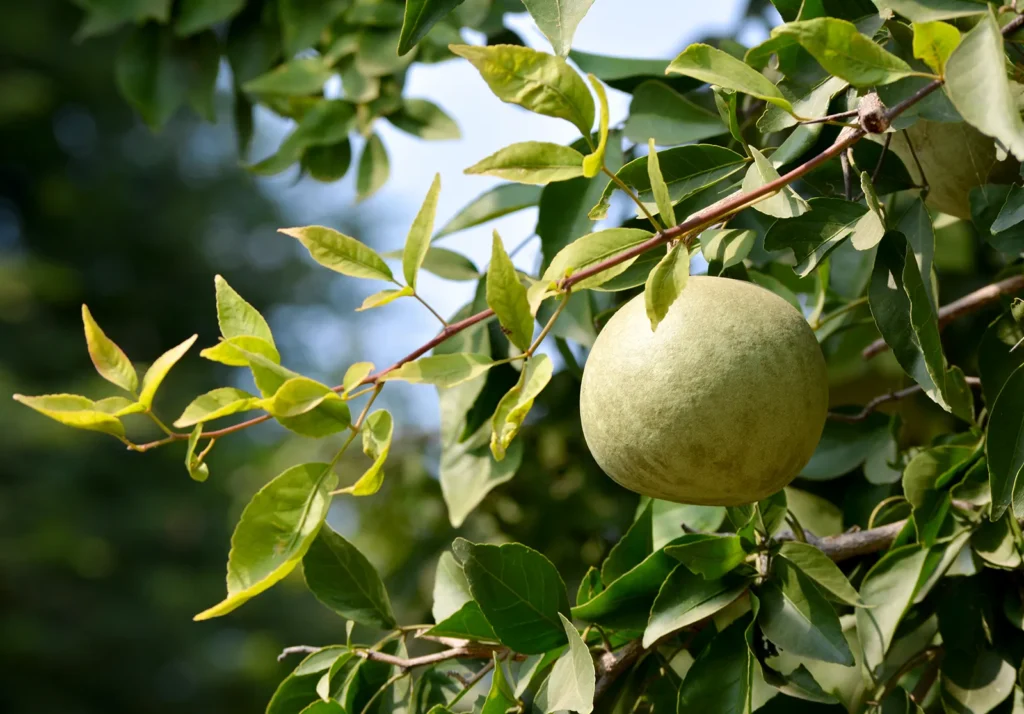
5. Moringa Tree (Moringa oleifera)
Known as the “drumstick tree” or the “miracle tree,” Moringa oleifera is native to India and parts of Africa and has gained global recognition for its numerous health benefits.
- Medicinal Properties: Moringa is packed with vitamins, minerals, and antioxidants. It has anti-inflammatory, antimicrobial, and anti-cancer properties. The leaves, bark, seeds, and roots are all used to treat conditions like malnutrition, inflammation, and infections.
- Active Compounds: Quercetin, Kaempferol, and Isothiocyanates.
- Uses: Moringa leaves are used to boost immunity, fight malnutrition, and reduce inflammation. The seeds are also effective in purifying water, while the oil from the seeds is used in skin care products for its hydrating properties.
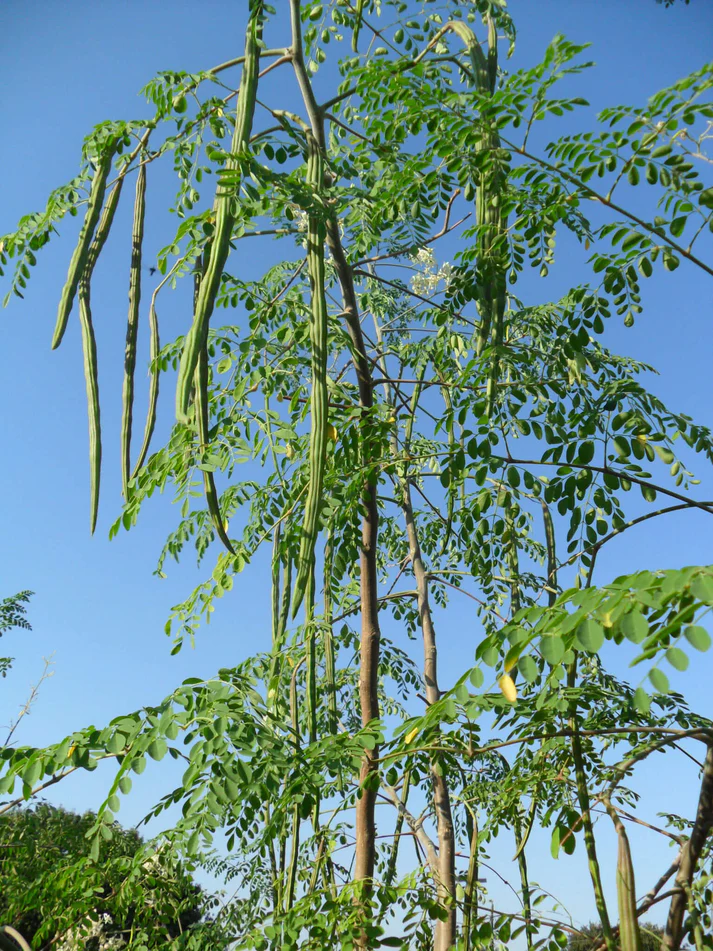
6. Frankincense Tree (Boswellia serrata)
The Boswellia tree, native to India, Africa, and the Middle East, produces frankincense, a resin with significant medicinal and therapeutic uses.
- Medicinal Properties: Frankincense is renowned for its anti-inflammatory and pain-relieving effects. It has been traditionally used to treat arthritis, asthma, and various skin conditions. It is also believed to support digestive health and improve mental clarity.
- Active Compounds: Boswellic acids, Terpenes, and Essential oils.
- Uses: Boswellia serrata extract is widely used in supplements to treat joint pain and inflammation in conditions like rheumatoid arthritis and osteoarthritis. Frankincense oil is also used in aromatherapy to promote relaxation and reduce stress.
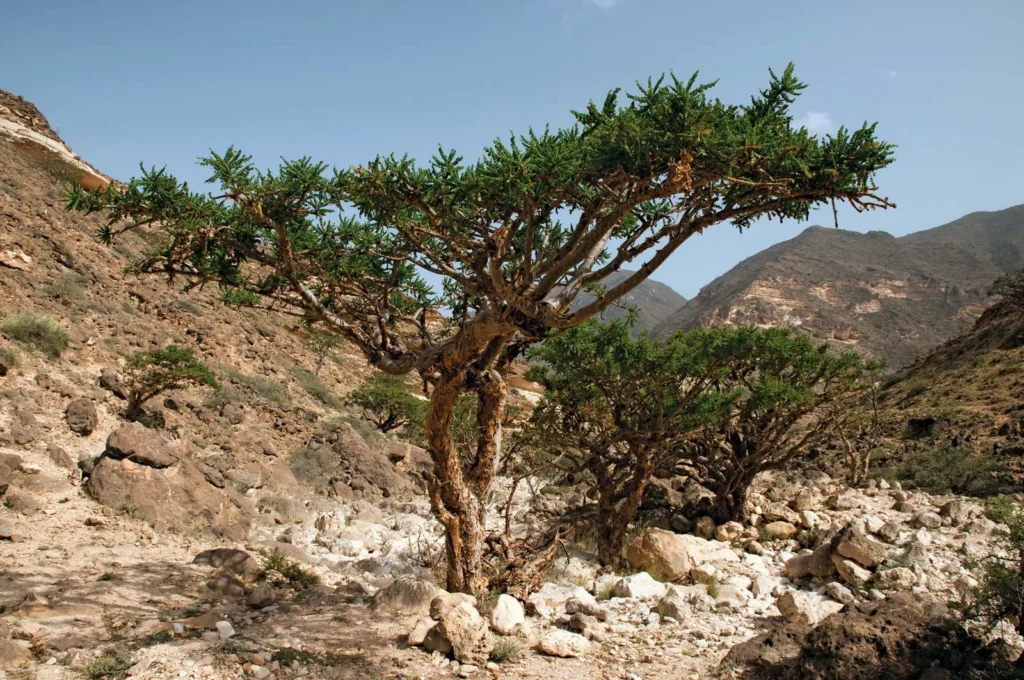
7. Yew Tree (Taxus baccata)
The Yew tree, commonly found in Europe, has gained scientific interest for its powerful anti-cancer properties.
- Medicinal Properties: The bark of the Yew tree contains compounds that have been developed into chemotherapy drugs. The tree has been used in traditional medicine for various purposes, but its primary medicinal significance lies in its anti-cancer properties.
- Active Compounds: Taxol (Paclitaxel), Taxine Alkaloids.
- Uses: The compound paclitaxel, derived from Yew tree bark, is used in modern medicine to treat breast cancer, ovarian cancer, and lung cancer. It works by preventing cancer cells from dividing, thereby inhibiting their growth.
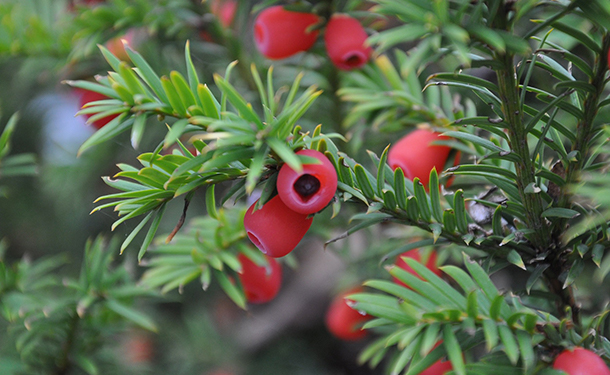
8. Ginkgo Tree (Ginkgo biloba)
One of the oldest living tree species, the Ginkgo tree is native to China and has been used in traditional Chinese medicine for centuries.
- Medicinal Properties: Ginkgo is primarily known for its ability to improve cognitive function and memory. It is also used to treat circulatory disorders and respiratory problems. Ginkgo leaves are known to have antioxidant and anti-inflammatory properties.
- Active Compounds: Ginkgolides, Bilobalide, and Flavonoids.
- Uses: Ginkgo biloba extract is widely used to enhance memory and concentration, particularly in elderly individuals suffering from cognitive decline. It is also used to treat tinnitus, vertigo, and peripheral artery disease.
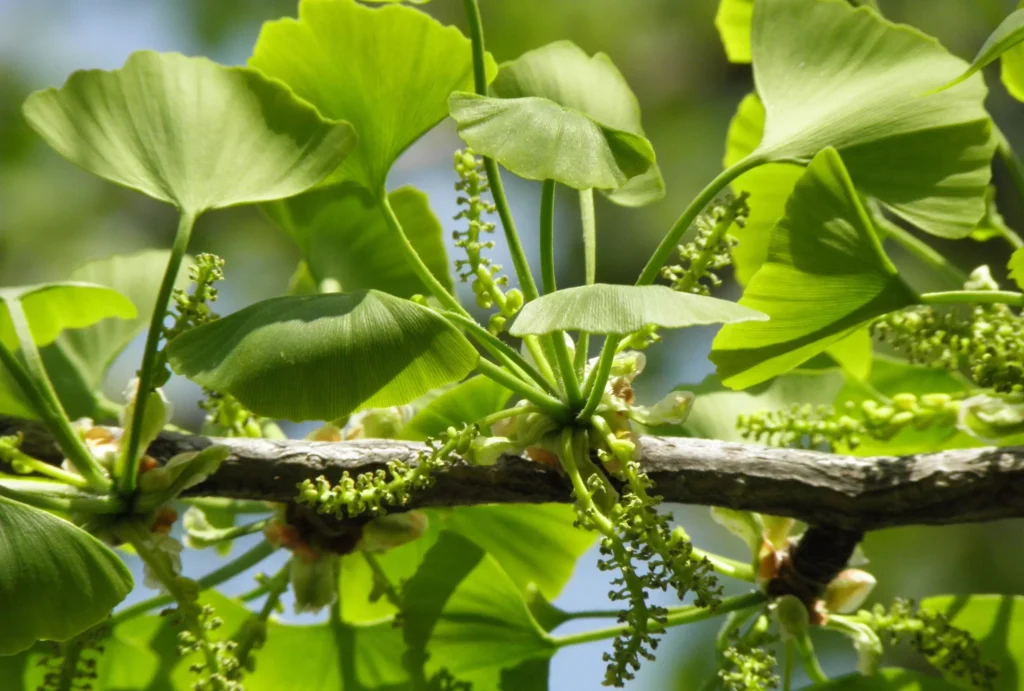
9. Arjuna Tree (Terminalia arjuna)
Native to India, the Arjuna tree is a well-known medicinal plant in Ayurveda, particularly for its heart-health benefits.
- Medicinal Properties: The bark of the Arjuna tree is used to treat cardiovascular conditions such as angina, high blood pressure, and heart failure. It is also believed to improve overall circulation and reduce cholesterol levels.
- Active Compounds: Tannins, Flavonoids, and Arjunolic acid.
- Uses: Arjuna bark extract is commonly used in Ayurvedic medicine to strengthen the heart muscles and promote overall cardiovascular health. It is also taken as a general tonic to improve vitality and energy.
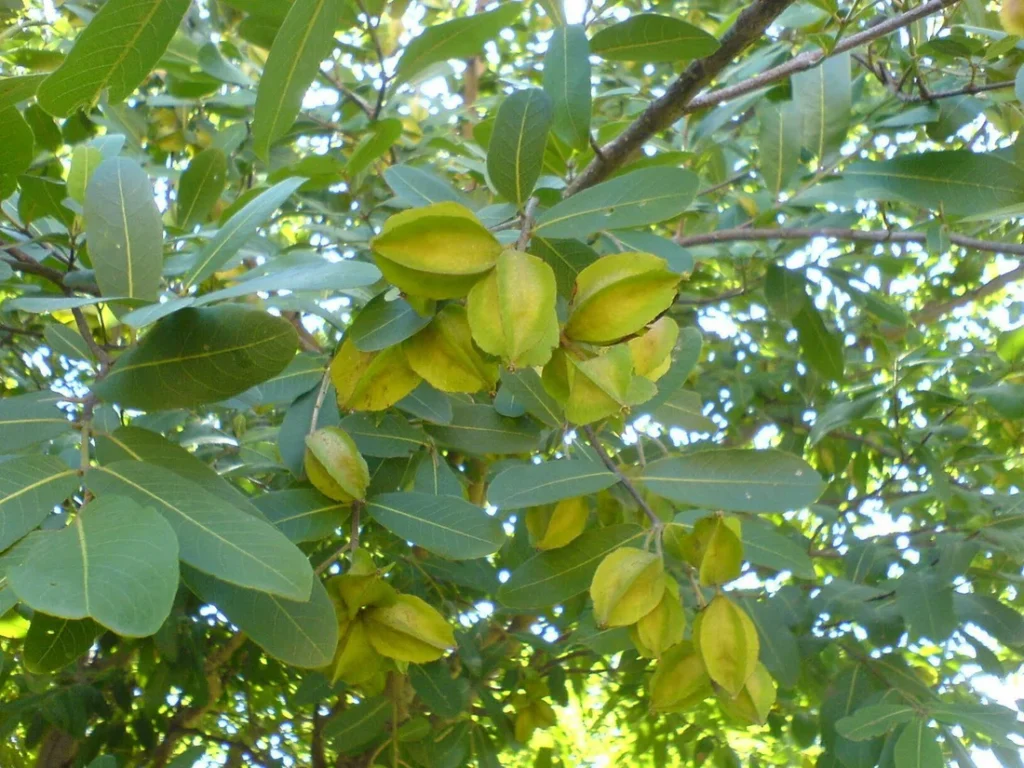
10. Olive Tree (Olea europaea)
The olive tree, native to the Mediterranean region, is famous not just for its fruits and oil but also for its medicinal benefits.
- Medicinal Properties: Olive leaves have powerful antioxidant, anti-inflammatory, and antimicrobial properties. They are known for their ability to lower blood pressure, regulate blood sugar, and boost immune function.
- Active Compounds: Oleuropein, Hydroxytyrosol, and Squalene.
- Uses: Olive leaf extract is often used to reduce blood pressure and improve cardiovascular health. The oil derived from olive leaves is also used in skin care products for its moisturizing and healing properties.
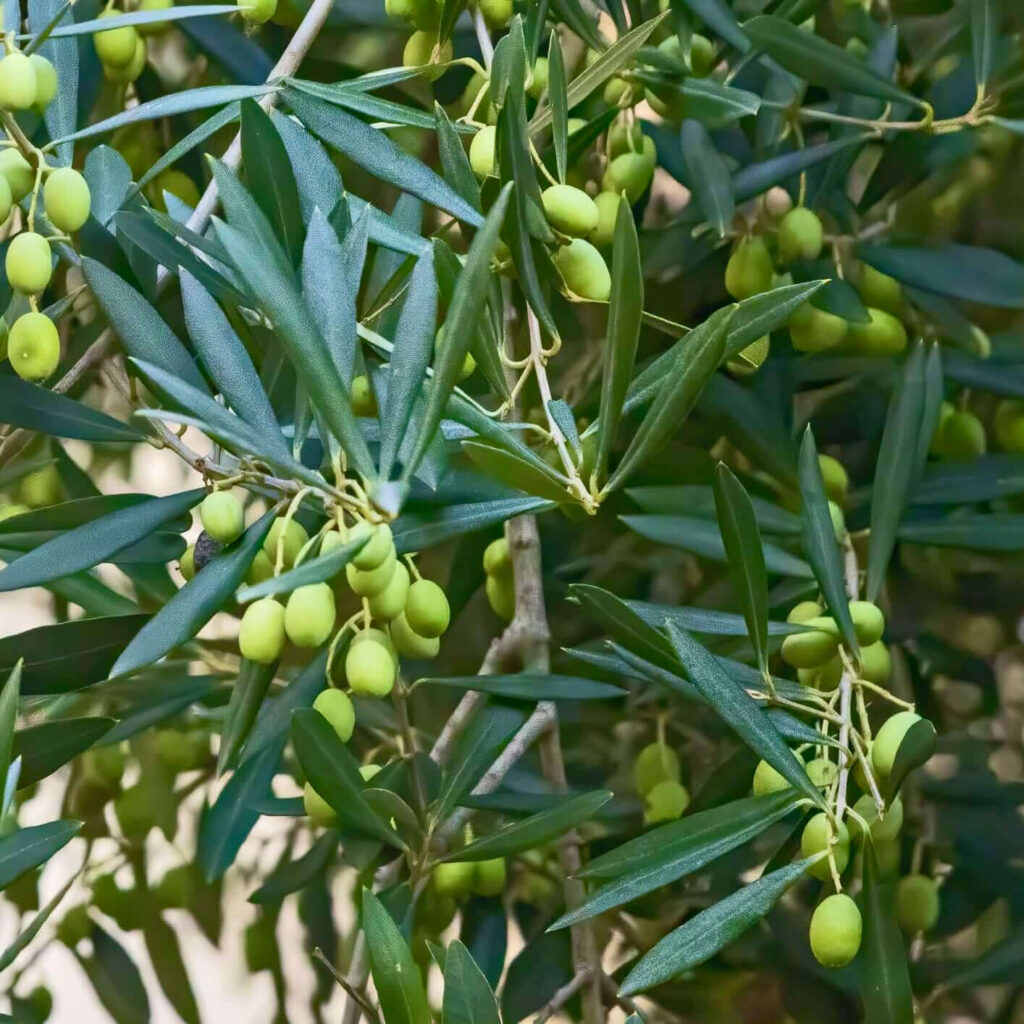
Conclusion
Trees have long been revered for their medicinal properties, offering remedies for a wide range of health conditions. From the neem tree’s antibacterial properties to the cancer-fighting compounds found in the Yew tree, nature’s pharmacy is rich with potent medicinal compounds. In the modern age, these ancient remedies are gaining renewed attention as natural alternatives to synthetic drugs, offering sustainable and holistic solutions to healthcare challenges. With more scientific research being conducted on these trees, their role in modern medicine will likely continue to grow.
17 thoughts on “Trees with medicinal properties”
I would like to thnkx for the efforts you have put in writing this blog. I am hoping the same high-grade blog post from you in the upcoming as well. In fact your creative writing abilities has inspired me to get my own blog now. Really the blogging is spreading its wings quickly. Your write up is a good example of it.
Hi there, just became alert to your blog through Google, and found that it is really informative. I抦 gonna watch out for brussels. I will be grateful if you continue this in future. Numerous people will be benefited from your writing. Cheers!
Hey there I am so thrilled I found your web site, I really found you by error, while I was looking on Yahoo for something else, Anyhow I am here now and would just like to say thanks a lot for a tremendous post and a all round enjoyable blog (I also love the theme/design), I don’t have time to look over it all at the minute but I have bookmarked it and also added in your RSS feeds, so when I have time I will be back to read much more, Please do keep up the fantastic work.
Great beat ! I would like to apprentice while you amend your web site, how could i subscribe for a blog site? The account helped me a acceptable deal. I had been a little bit acquainted of this your broadcast provided bright clear concept
Hello! I just want to give a huge thumbs up for the nice info you’ve here on this post. I will be coming again to your blog for extra soon.
You helped me a lot by posting this article and I love what I’m learning. http://www.hairstylesvip.com
Refer to Ayurveda neem is very effective for Skincare. Many Skincare product manufactures using neem in their products. Followed by this Article I applied neem on my affected area. Awesome result I noticed. Thanks to Admin for sharing such good health related articles.
Most welcome!
One more Awesome Article. Really Neem helps a lot for Skincare. i like this blog and shared in Facebook.
I just like the valuable information you provide on your articles.
I’ll bookmark your blog and test once more here regularly.
I’m slightly certain I will be informed many new stuff proper right here!
Good luck for the following!
Attractive portion of content. I just stumbled upon your
site and in accession capital to say that I acquire actually
loved account your blog posts. Anyway I will be subscribing on your feeds
and even I fulfillment you get right of entry to consistently fast.
When some one searches for his necessary thing, thus he/she wants to be available
that in detail, thus that thing is maintained over here.
Thanks for your marvelous posting! I certainly enjoyed reading it,
you could be a great author.I will ensure that I bookmark your blog and may come back in the foreseeable future.
I want to encourage you to ultimately continue your great
posts, have a nice morning!
Awesome Blog. I Shared this link in my Facebook group.
Wonderful Blog. I will recommend this blog to my Facebook followers.
I couldn’t resist commenting
Loving the info on this site, you have done great job on the content.